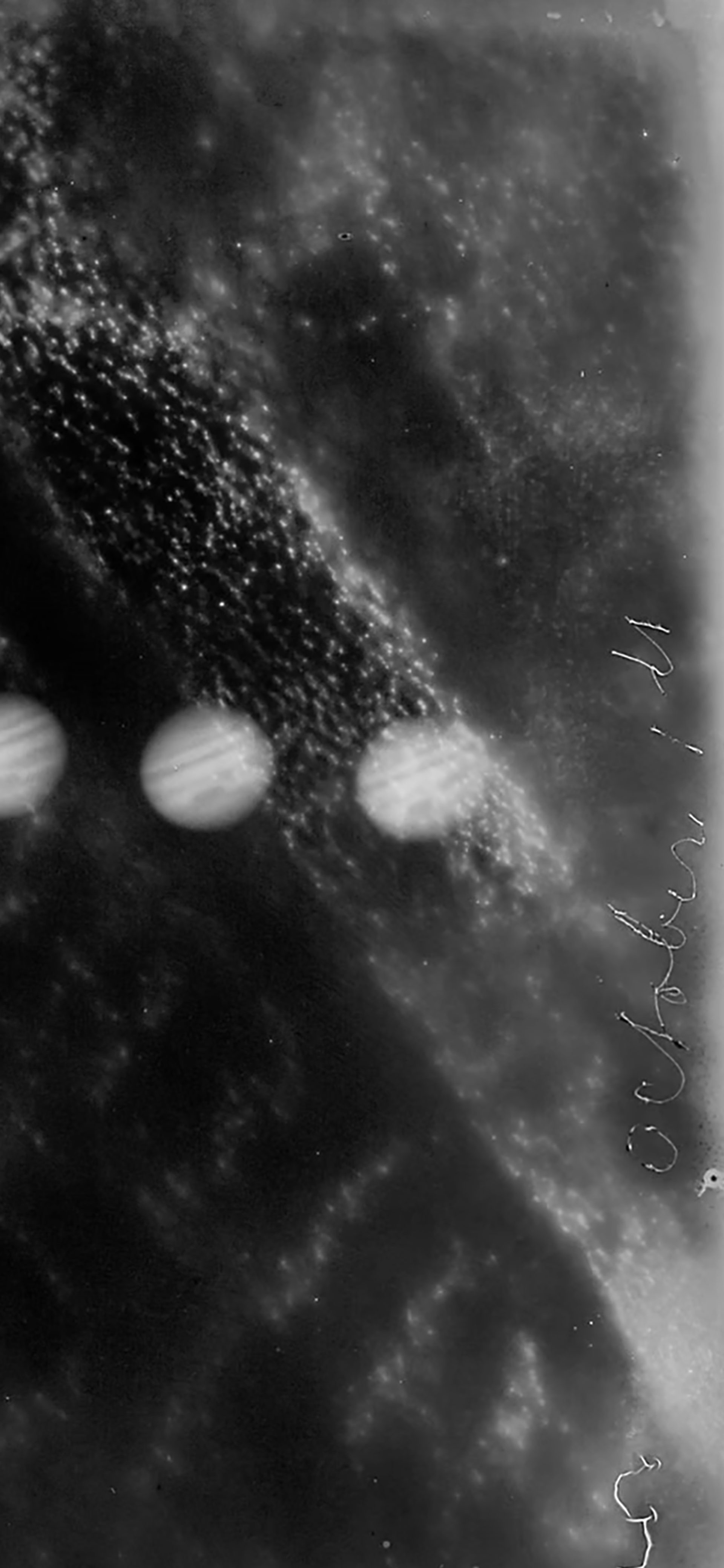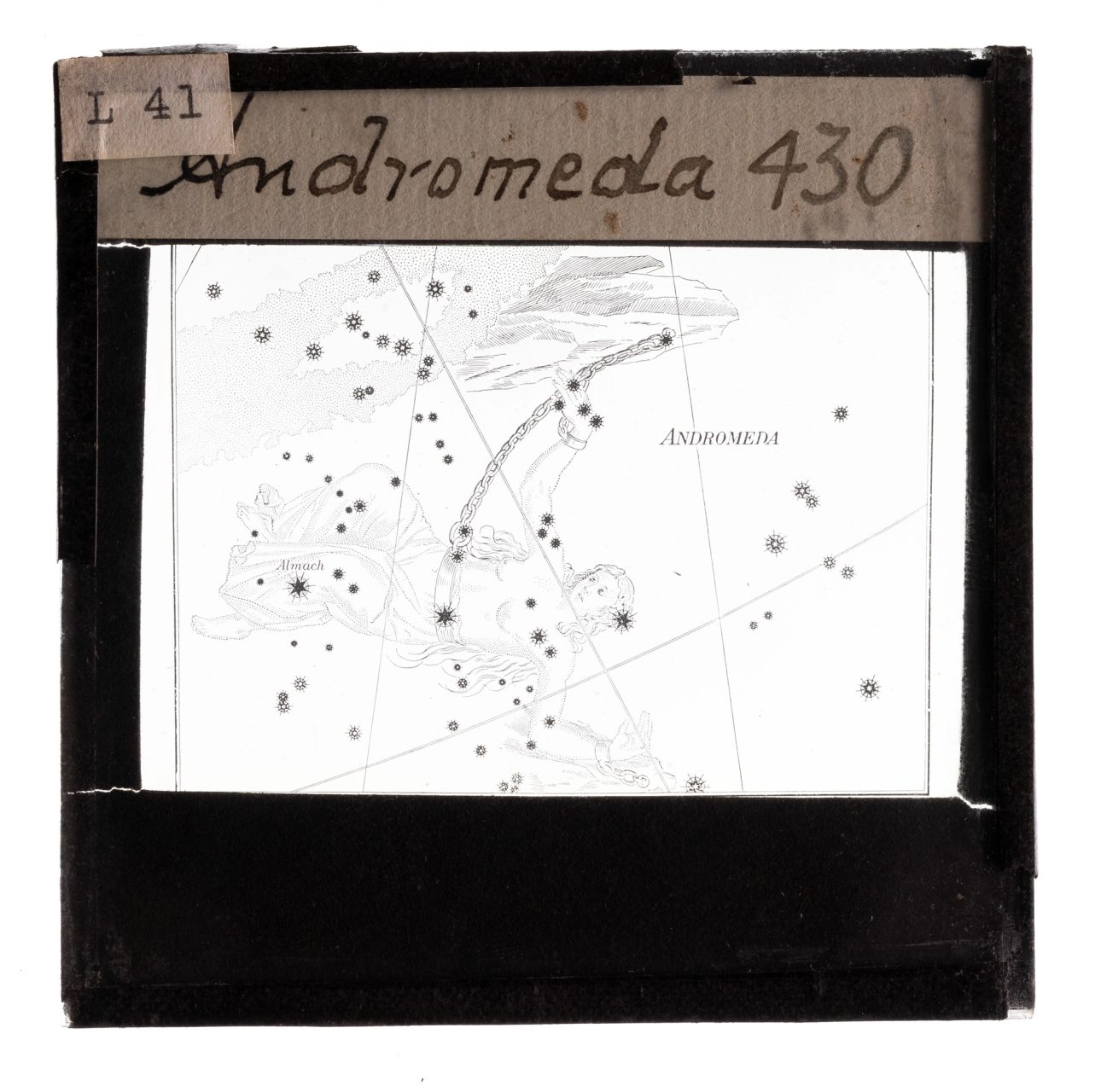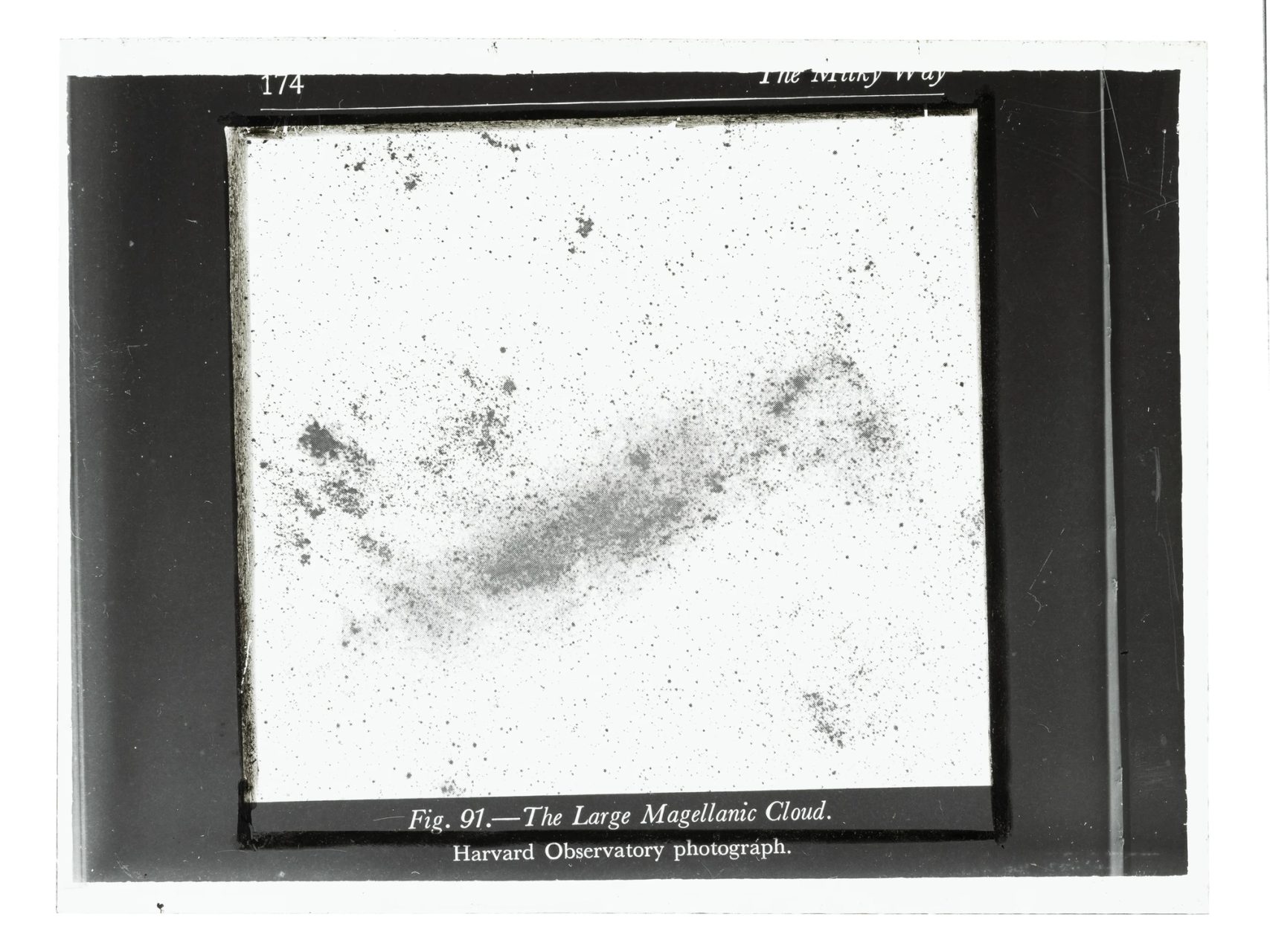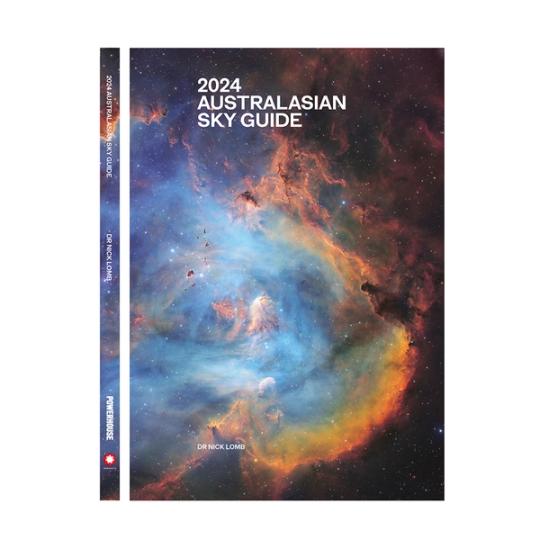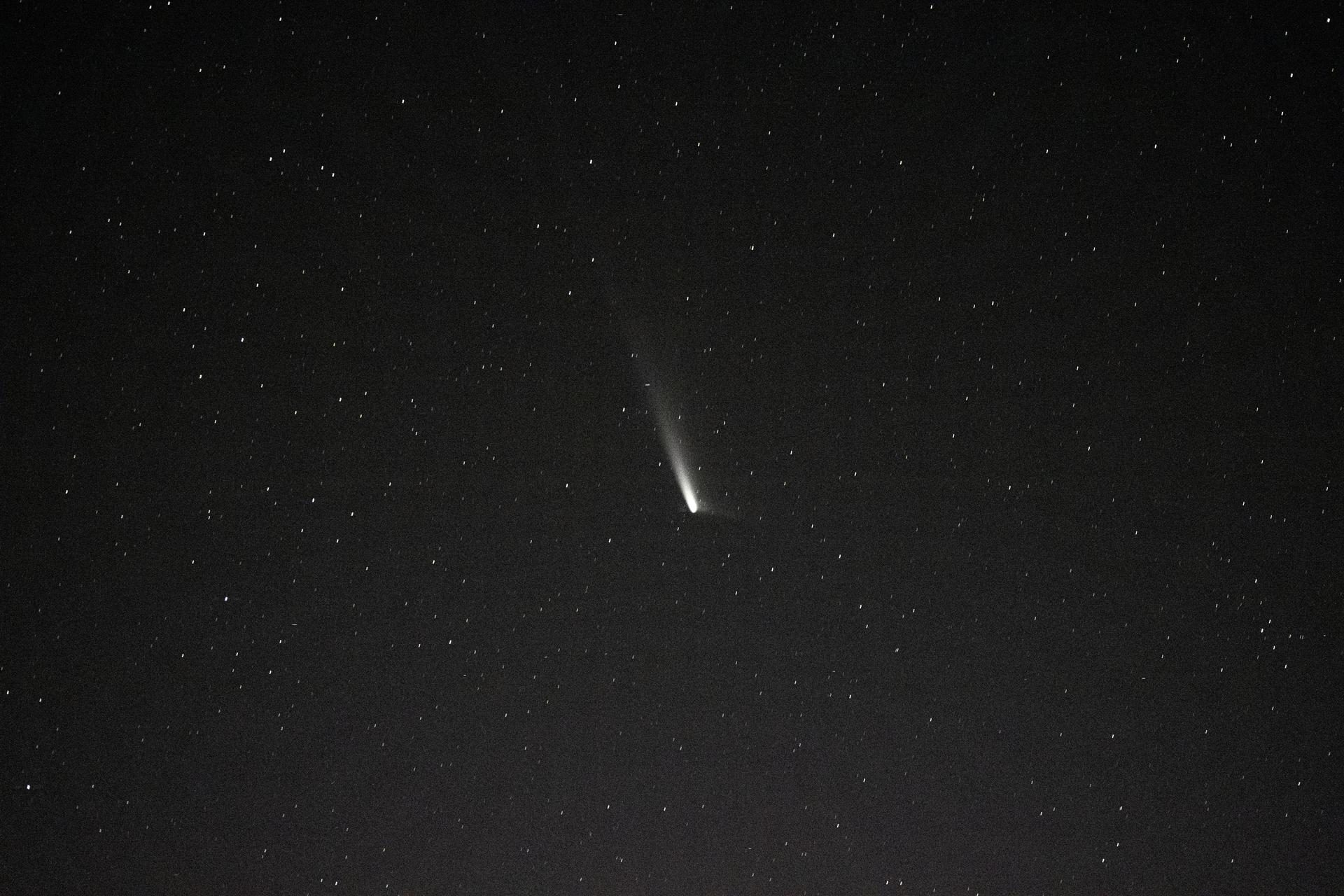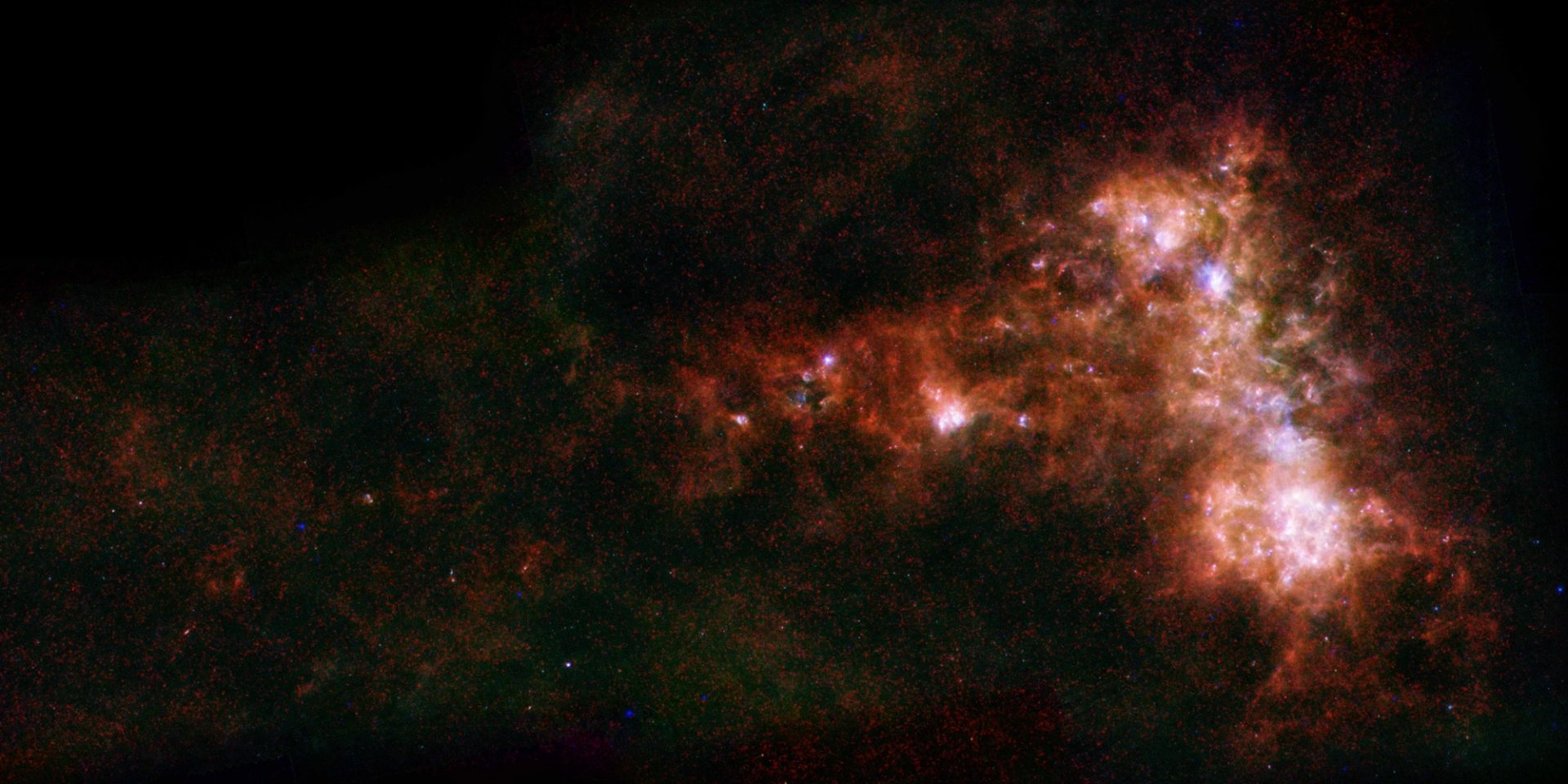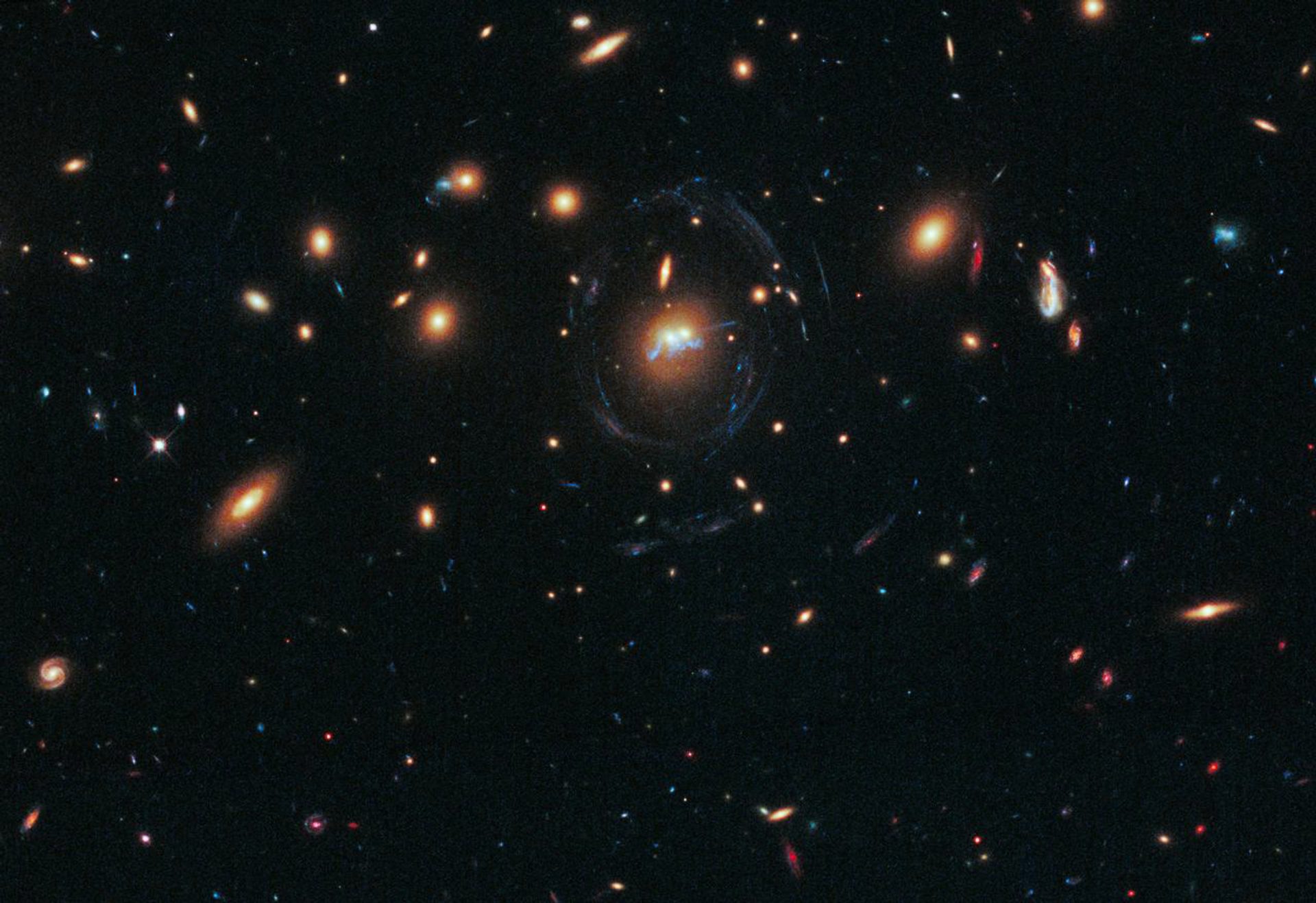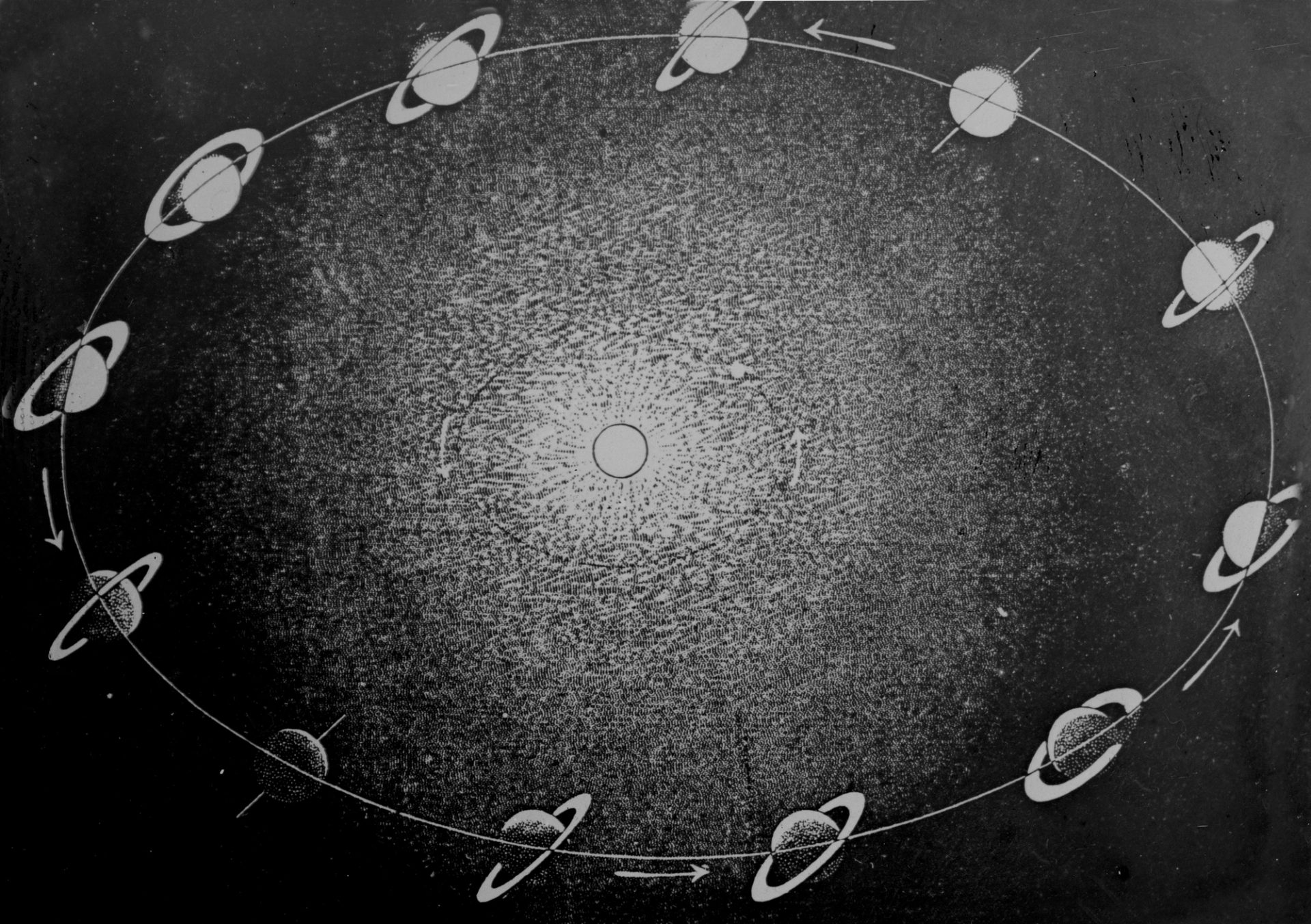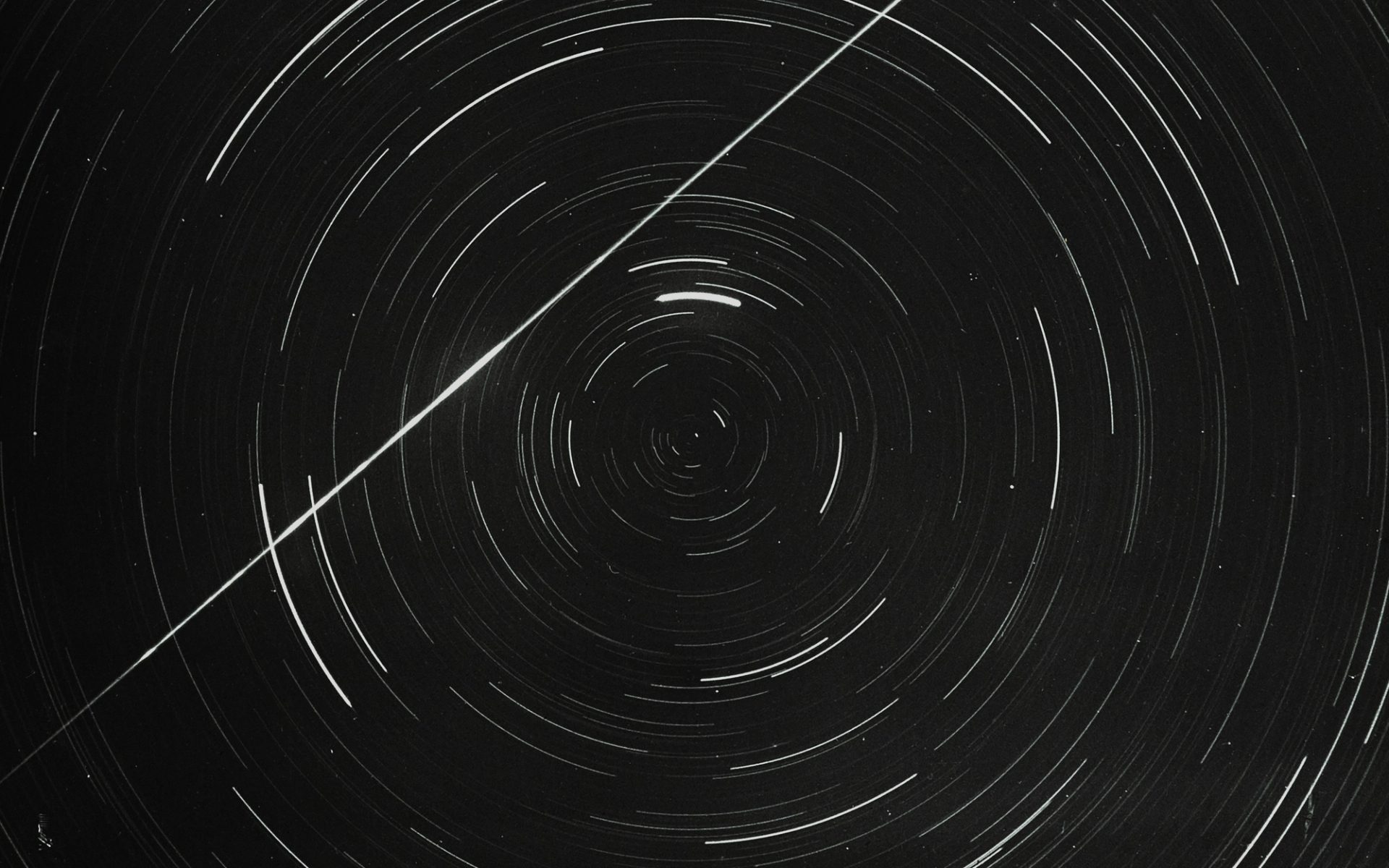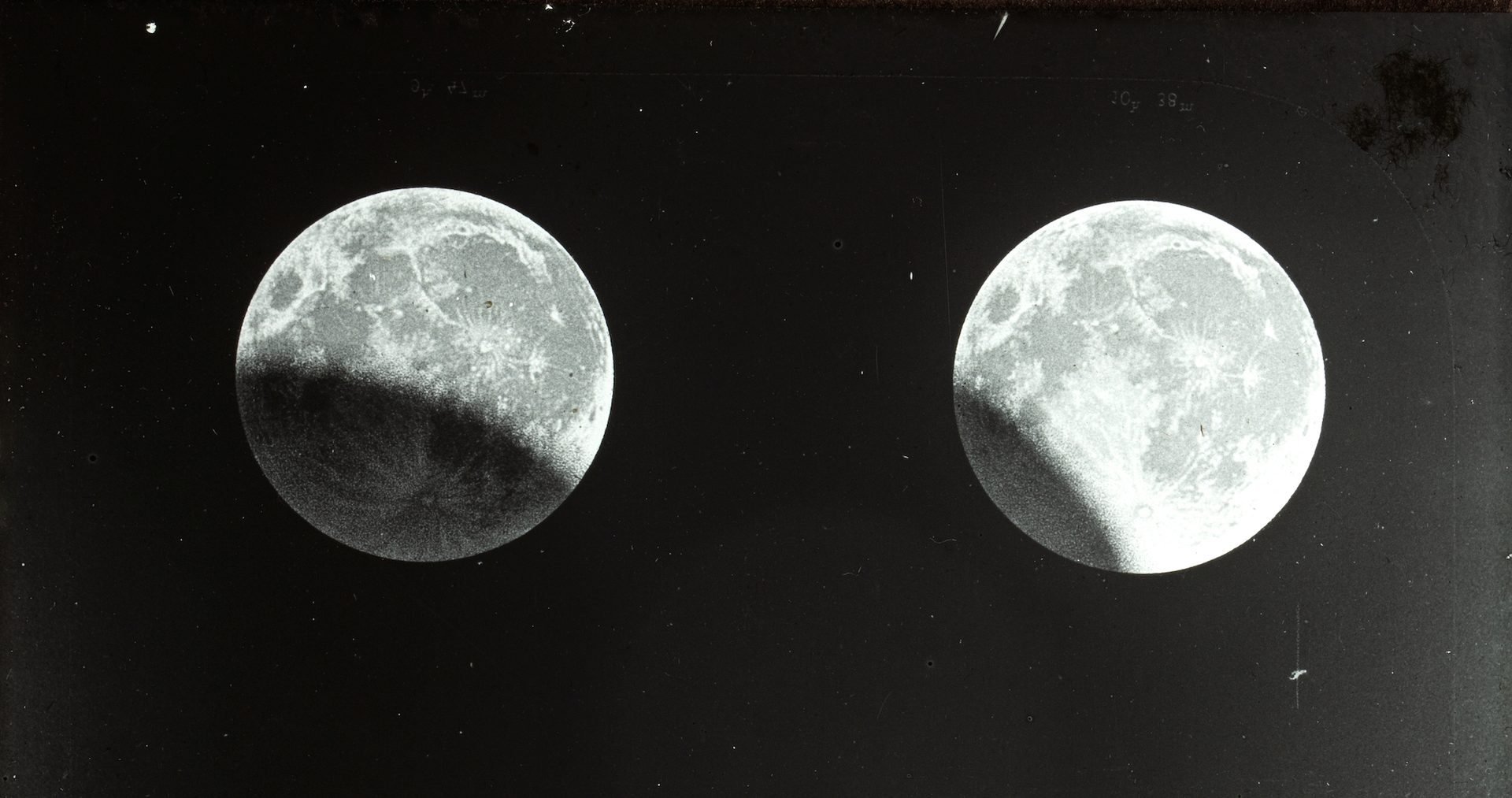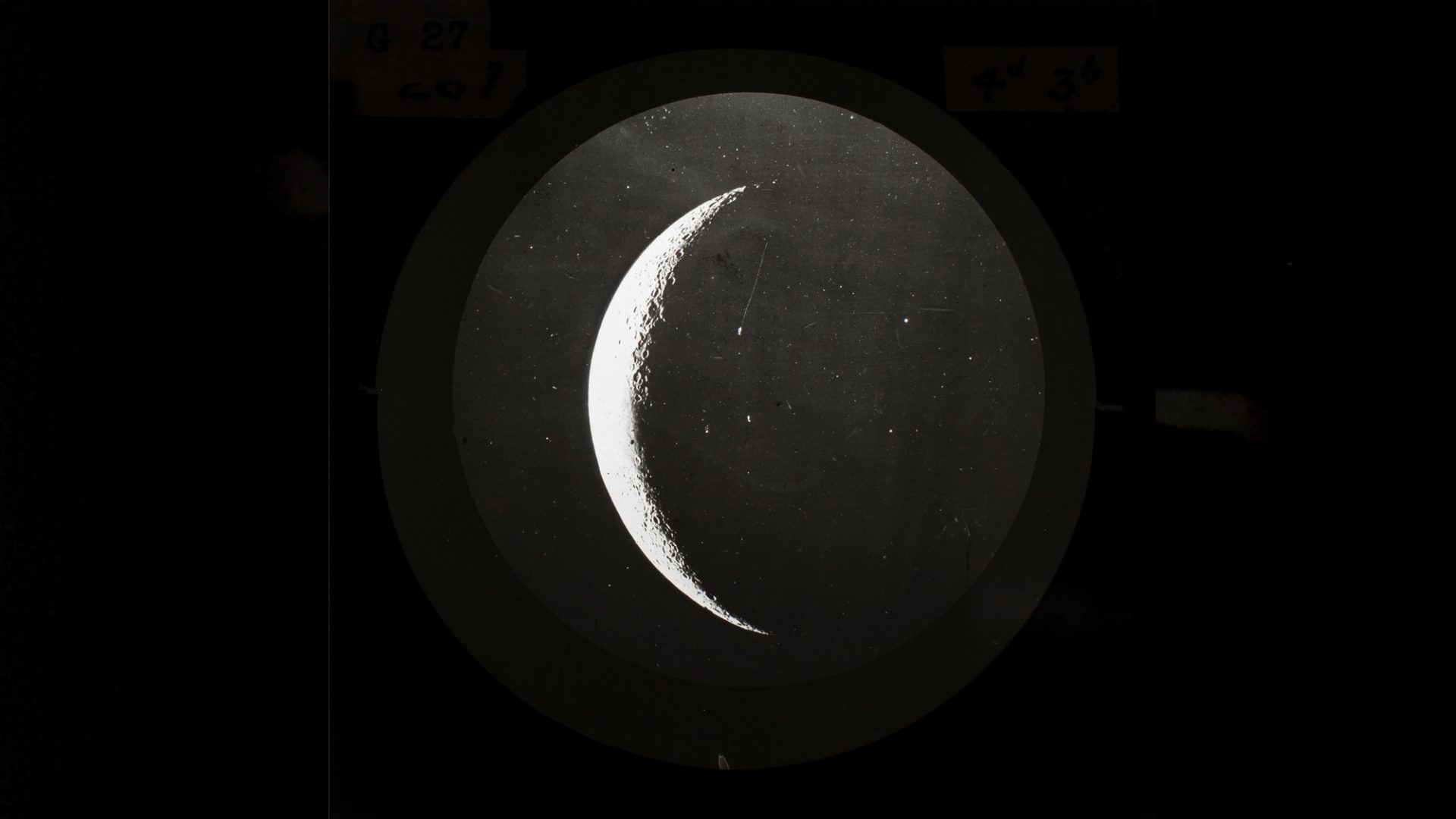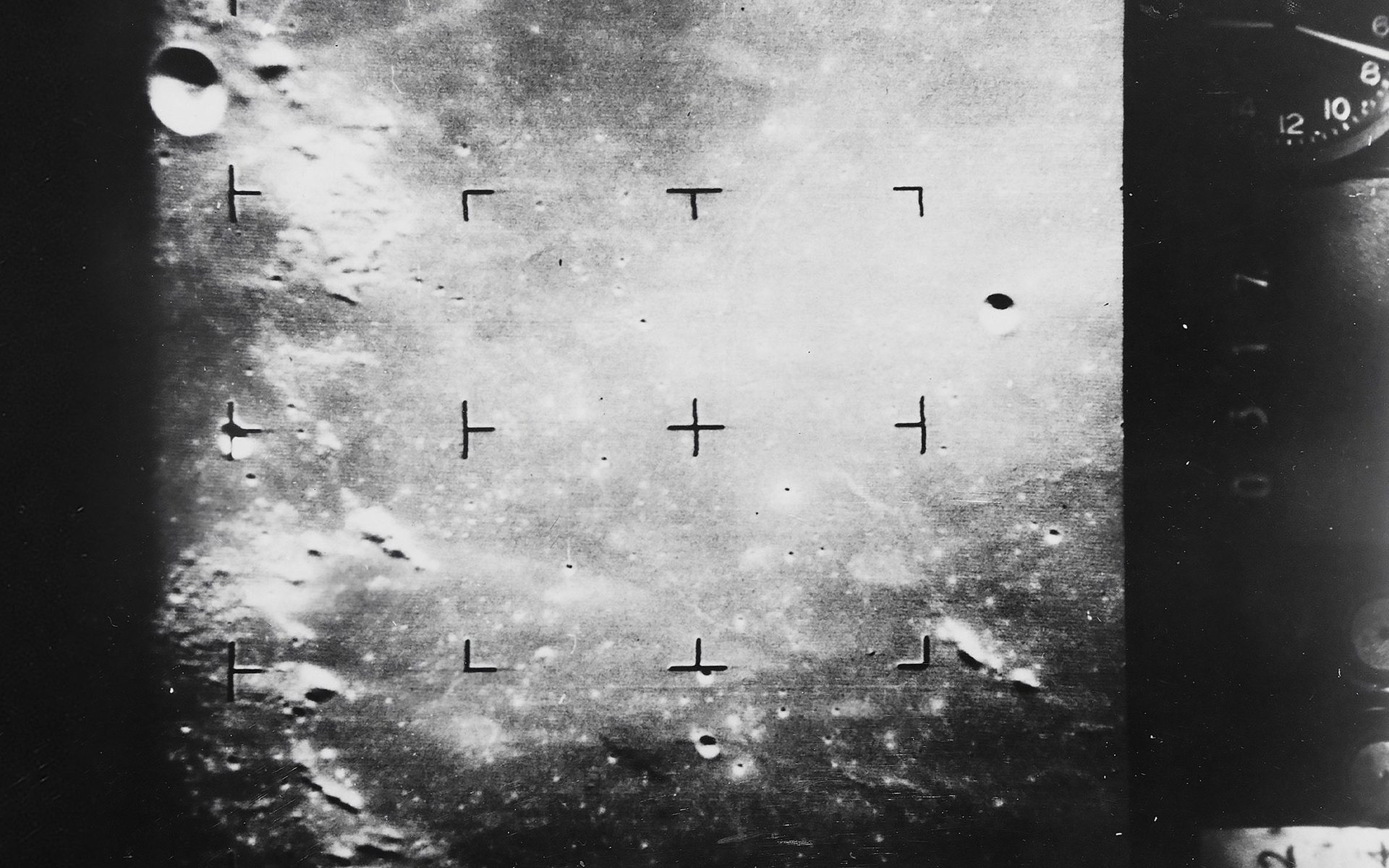Sky Guide November 2024

'November brings excellent planet viewing: Jupiter makes appearances in both the evening and morning sky, joined by Mercury, Venus and Saturn in the evenings. Comet C/2023 A3 Tsuchinshan-ATLAS will be well past its prime but may still be seen in a dark moonless sky to the west just after sunset. Meanwhile there are some excellent deep-sky objects visible with the naked eye and several more viewable through a telescope or binoculars.'
Dr Sarah Reeves, curator and astronomer
Moon Phases

New Moon Friday 1 November 11:47 pm ADST
First quarter Saturday 9 November 4:55 pm AEDT
Full Moon Saturday 16 November 8:28 am AEDT
Last quarter Saturday 23 November 12:28 pm AEDT
Planets
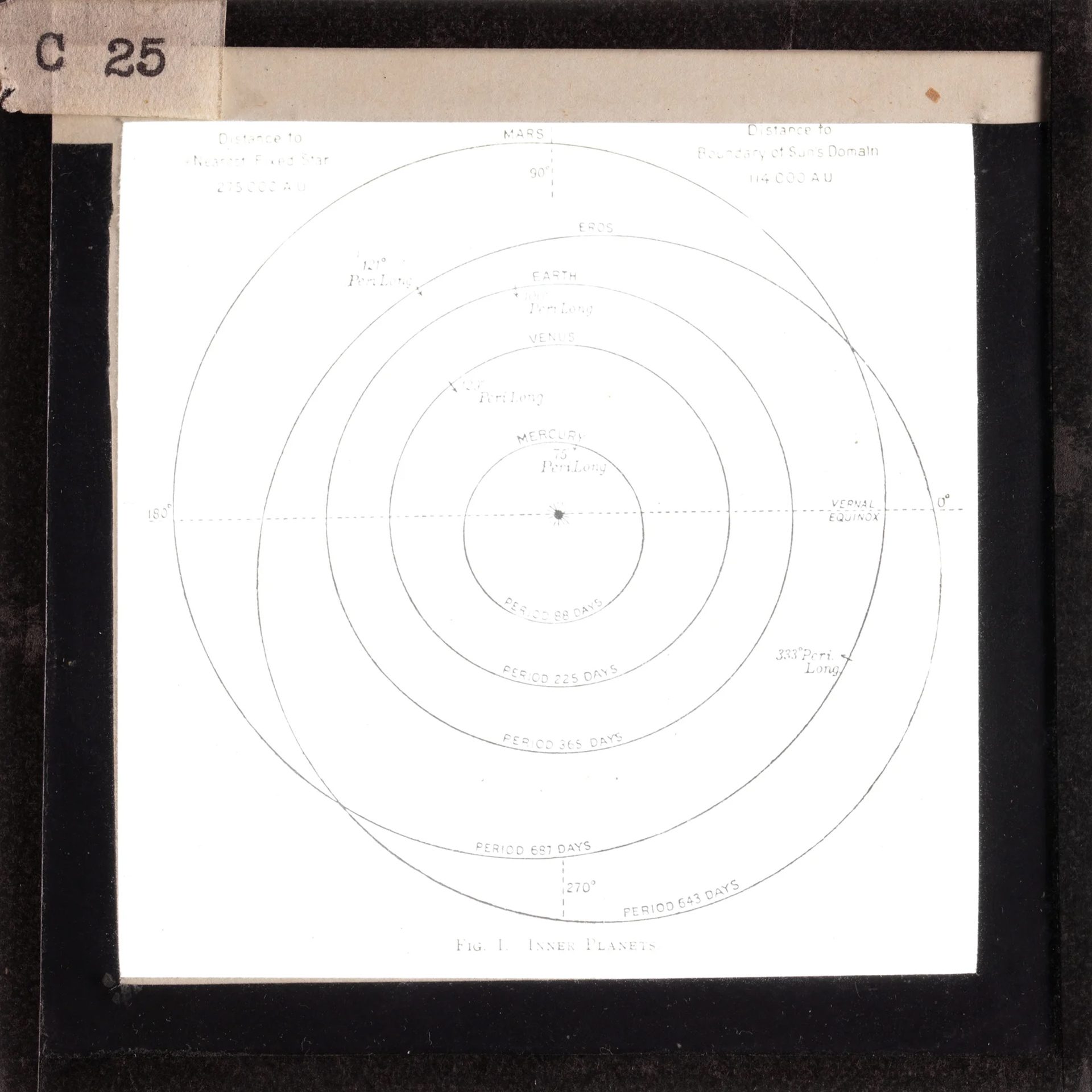
EVENING
Mercury is low in the south-west, moving from Libra into Scorpius at the beginning of the November, then in the middle of the second week of the month into Ophiuchus, with a three-day sojourn in Scorpius soon afterwards. On 3 November, a very thin crescent Moon is above and to the left or south of Mercury. It passes Antares, the brightest star in Scorpius, on 10 November at a separation of four Moon-widths. At the end of the month, Mercury disappears into the twilight.
Venus is in the western sky, moving from Ophiuchus to Sagittarius at the beginning of the second week of the month. On 4 November, the crescent Moon is below and to the left or south of Venus, while on 5 November it is above the planet. On 22 November, Venus passes the star Nunki, the second-brightest star in Sagittarius and part of the handle (if the constellation is seen as the Teapot), at a separation of two Moon-widths.
Jupiter appears low in the north-east in Taurus near the end of November.
Saturn is high in the north in Aquarius. On 10 November, the gibbous Moon is above and to the left or west of Saturn, while on 11 November it is below and to the right or east of the planet.
MORNING
Mars is in the north in Cancer. On 21 November, the gibbous Moon is below and to the left or west of Mars.
Jupiter is in the north-west in Taurus. On 18 November, the gibbous Moon is below and to the right or north of Jupiter.
Constellations
Constellations are groups of stars that represent mythological figures, fanciful beasts or old scientific instruments. Some have been used for millennia as a tool to share significant cultural stories and to track the passage of the weeks and months. Today they also help astronomers mark out portions of the sky and locate astronomical objects. Those listed below have been selected for their visibility in the evening up to two hours after sunset as seen from the southern hemisphere.
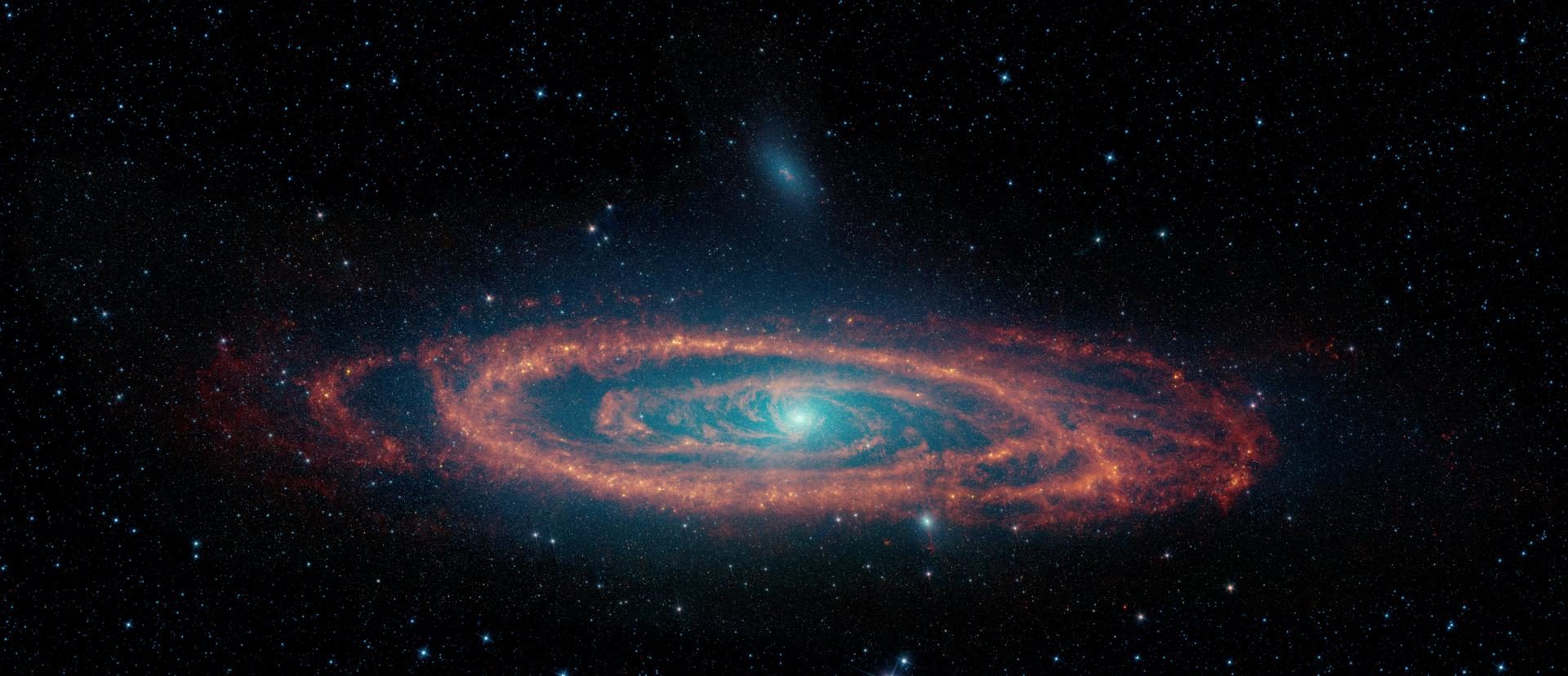
Andromeda is one of the original 48 constellations as mapped by Ptolemy and sits below the winged horse of Pegasus, barely clearing our northern horizon. It is most famous for M31, the Andromeda galaxy, which is the most distant object visible to the naked eye at 2.5 million light years. It is now thought to be about the same mass but twice the diameter of the Milky Way and the two will collide in approximately 4–5 billion years.
Aquarius is one of the original 48 constellations as mapped by Ptolemy and sits between Capricornus and Pisces. Aquarius is best known for the Eta-Aquarids meteor shower that peaks in early May. Like the other constellations, Aquarius is steeped in mythology, seen as Ganymede, a shepherd boy in Greek myths and as a man pouring water from a jug by the Babylonians. It has two globular clusters (NGC 7089 and NGC 7492) and two planetary nebulae that can be seen with a moderate telescope but only from a dark location, NGC 7009 the Saturn Nebula, and NGC 7293 the Helix Nebula, both of which are dead stars. The Helix is the largest planetary nebula in the sky at about 650 light years.
Capricornus the Sea Goat, also one of the original 48 as mapped by Ptolemy, is often associated with the Greek god of nature, Pan. He transformed his lower half into a fish to swim to safety during an attack on Jupiter by Typhon. Halfway through the transformation he played a loud note on his conch shell which distracted Typhon long enough for Jupiter to strike him down with thunderbolts. As a reward, Jupiter placed him in the sky as he was: half-goat, half-fish. It is a faint constellation and looks more like a partially collapsed triangle. It contains no easily seen deep sky objects other than the globular cluster M30, about 27,000 light years away. It is the smallest and second-faintest constellation of the zodiac.
Eridanusis one of Ptolemy’s original 48 constellations and represents a river, which begins near the constellation of Orion and ends at the brilliant blue-white star Achernar, the ninth brightest in the night sky, about 144 light years away. Achernar spins so quickly it is the least spherical star known in the Milky Way Galaxy.
Ophiuchus the serpent bearer is an ancient constellation and one of the original 48 as mapped by Ptolemy. It is said to represent the mythical healer Aesculapius. It sits close to the galactic centre in Sagittarius. It is now the thirteenth zodiac sign with the Sun passing through it from 30 November to 17 December.
Pegasus the winged horse is easy to find low in the north by looking for four bright stars that outline the ‘Great Square of Pegasus’. The Square is large: more than 15 degrees wide and 13 degrees high. In the past all four stars were part of the constellation, though delta Pegasi is now known as Alpha Andromedae.
Sagittarius the archer is located just behind the sting of Scorpius. In Greek mythology the archer is a centaur pointing his arrow towards the heart of Scorpius, although from the southern hemisphere this constellation looks more like a teapot. Sagittarius is home, as we see it, to the centre of our galaxy, the Milky Way. At this centre is a monstrous black hole about four million times the mass of the Sun and 26,000 light years away. Called ‘Sagittarius A *’ (pronounced as Sagittarius-A-Star), images taken in 2017 and released in May 2022 from NASA’s Event Horizon Telescope (EHT) show matter swirling around it at close to the speed of light. The event horizon is about the same distance from the singularity as Mercury is from our Sun.
Taurus the bull is possibly the oldest Western constellation and one of Ptolemy’s original 48. It has the bright red dying star of Aldebaran and the stunning open cluster known as M45 or the Pleiades, a group of very young stars about 445 light years away. Below the horns is the remnant of a star that exploded as a supernova in 1054. It is now called M1 or the Crab Nebula. For the best view you'll need a large telescope and clear northerly view. Its brightest star Aldebaran is 65 light years from the Sun and is 44 times wider but only a little more massive (+16%). It has exhausted its core supply of hydrogen fuel and is now ‘burning’ hydrogen in a shell around a helium core.

Deep sky
Andromeda Galaxy (M31) is the most distant object visible to the unaided eye, at approximately 2.5 million light years away. Sturdy binoculars or a small telescope can reveal the dark dust lanes of the spiral arms, a bright core, and from a dark location, one or both of its companion galaxies.
The Large and Small Magellanic Clouds (LMC/SMC) are the two satellite galaxies of our own Milky Way. The Large Magellanic Cloud (LMC) is in the constellation of Dorado and is approximately 163,000 light years away. It consists of around 30 billion stars and hosts one of the largest nebulae detected, the Tarantula nebula. The Small Magellanic Cloud (SMC) is in Tucana and is approximately 200,000 light years away. It has around 3 billion stars. The LMC will merge with our galaxy in around 2.4 billion years.
M15 is the first globular cluster that was found to contain a planetary nebula in the constellation of Pegasus. A rare intermediate black hole also resides at the centre of M15 and is thought to be 4000 times the mass of our Sun. M15 lies about 33,600 light years from us in the constellation of Pegasus and is best seen through binoculars or a telescope.
47 Tucanae (NGC 104) is a globular cluster second only to Omega Centauri. It sits beside but is unrelated to the SMC in the constellation Tucana. It can be easily seen away from city lights with the unaided eye due to its very dense star core. 47 Tucana is approximately 15,000 light years from us.
Tarantula Nebula (NGC 2070) is a large hydrogen gas cloud approximately 1000 light years in diameter and part of the LMC at about 160,000 light years. The name ‘Tarantula’ comes from the spider-like appearance of the nebula in telescopes and photographs. At the centre of the nebula is the open cluster R136, which contains approximately 500,000 stars, including some of the hottest and most massive supergiant stars known. In 1987 the first naked eye supernova (SN1987A) since the invention of the telescope occurred in this part of the sky.)
Special Events
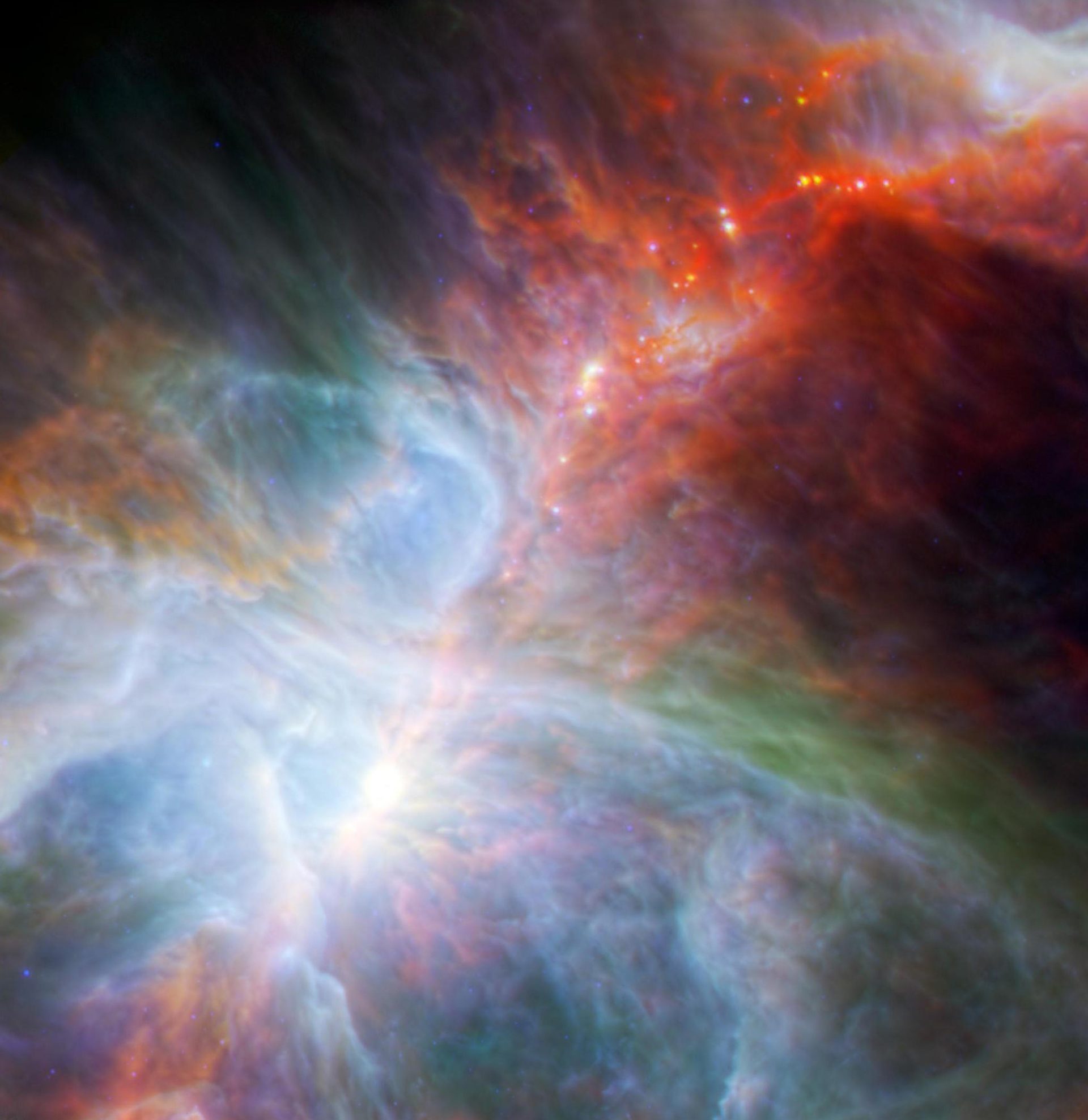
This month, the conspicuous constellation Orion, the hunter, is starting to return to the evening sky. Just peeking above the eastern horizon, it will be better seen over the next few months. Orion is easily recognisable, with four bright stars in a rectangle and three stars in a row in the middle representing the belt of Orion. In the Southern Hemisphere we see the constellation upside down, so from our viewpoint above the belt are three fainter objects forming Orion’s dagger or sword appears above the belt as three fainter stars.
In Greek mythology, the constellation represents a giant hunter holding a club. To many Australians, however, the stars of the constellation represent a saucepan with the three stars of the belt as the base. One story about Orion is that his boasting about his hunting prowess led to the Earth goddess Gaia sending a scorpion to kill him. The story of this chase is told above in the sky in November, when as Orion is rising in the east, Scorpius, the Scorpion, is sinking in the west.
The brightest star of the constellation is the brilliant Rigel, which marks Orion’s left foot, though in our view, it is located to the top left. The second brightest is Betelgeuse (bottom right), which is one of the few stars in the sky with a noticeable reddish colour. It is a huge star that would engulf Mercury, Venus, Earth and Mars, if it were to replace the Sun, and is likely to explode as a supernova in the next million years or so — a short time in astronomical terms. In 2019, the star surprisingly became much dimmer than normal. A leading explanation is that it ejected a large chunk of material that, on cooling, formed a dense cloud, which partially blocked its light.
Shop
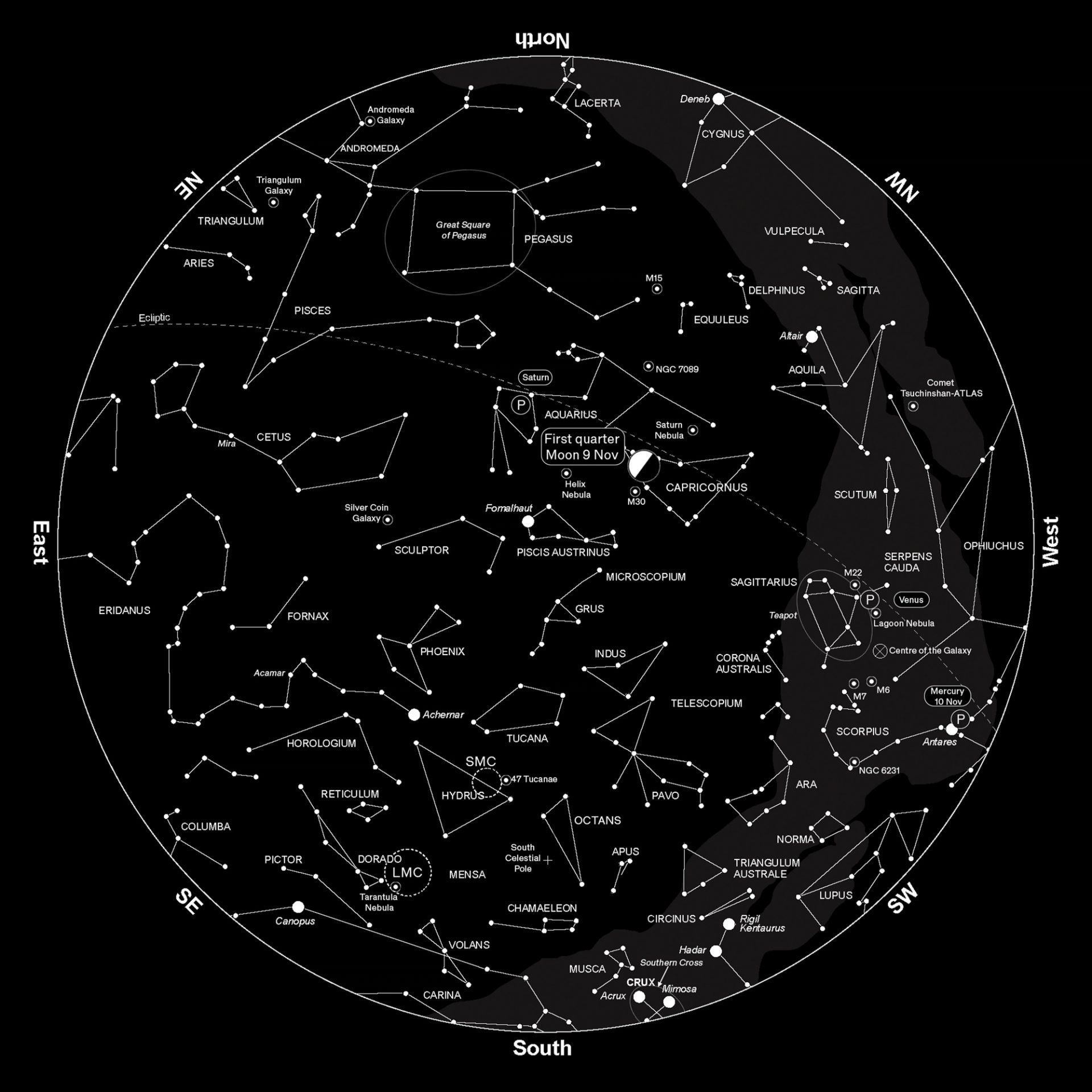

Sydney Observatory
Open for pre-booked tours, located on Gadigal land, a national place of connection and scientific research. The site is undergoing heritage conservation works.











